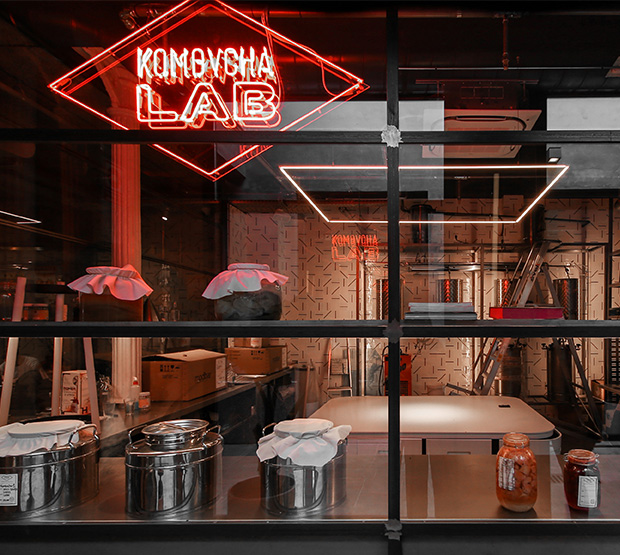In this post we will explain concisely what this disease is, how and why the cells of our body become cancerous, and indicate which foods should be avoided and which can protect us and reduce the risk of cancer. ThisIn this way, we will actively collaborate in the maintenance of your health.
What raise your hand that has not had a family member or a close person who has not suffered from cancer ? Impossible to see a single hand raised on itto room. Cancer is one of the leading causes of death worldwide; According to the WHO in 2012 there were about 14 million new cases and more than 8 milliondeaths directly related to cancer . The number of new cases is expected to increase by approximately 70% (yes, you read that correctly: 70!) In the next twenty years. Currently, in Spain cancerit is the second leading cause of death after cardiovascular diseases. Hard, raw and bloody statistics but unfortunately real as life itself. The purpose of this post is not to scare you with the enumeration of demographic data about thecancer (although we could), but quite the opposite. One of the most important bases of prevention is to identify the presence of risk factors in order to consciously reduce or avoid them.
The cancer refers only to malignant ones.
The causes of cancer can be numerous, varied, and in part still unknown. There are causes related to genetic inheritance, tobacco, exposure to certain radiation (X-rays and UV radiation), pollution toenvironment, diet, and some viral or bacterial infections. But some components of the diet, along with tobacco and certain environmental pollutants, are currently considered the main causes of the disease, responsible for cthus 70% of cancers , of which half can be directly related to diet, a similar percentage to that related to tobacco. However, the tobacco / cancer relationship has muchor more social depth than the diet / cancer relationship. As is warned on tobacco packages (and every day in a more explicit way, which rubs off bad taste), consumers should also be warned of the consequencesconsumption of certain foods.
The diet comprises a very broad set of components that interact with each other and with other factors, and whose action favors or protects against the appearance of cancer . A considerable number of its ingredients have been identified in food.substances with carcinogenic potential . There is a growing consensus when it comes to considering that the most important effect of diet is its potential ability to inhibit the carcinogenic process. But despite the years gone by andFrom the numerous investigations carried out, the reality is that it is still not possible to say with certainty if there are foods or components of these that can be considered guilty of causing cancer , nor which exactly, sare the components of food that have a specific beneficial action.
Despite the difficulty in identifying the role played by all the components of a food, it is currently demonstrated that some of them,Both of natural and artificial origin, they contain potentially carcinogenic elements capable of altering genetic information and damaging cells. Some of the most common are smoked, cured or salted, as well ass food contaminated by fungi (aflatoxins). Therefore, it does not take a scholar to know that these products should not be abused.
Carcinogenic foods are present in many diets, and many people are still unaware of it.
There is significant evidence that fruits and vegetables represent the most important foods for reducing the risk of many types of cancer, since they contain numerous bioactive compounds that act, possiblylemente, as protectors, reducing the risk of cancer . In this sense, they include, among others: antioxidants such as beta carotene and other carotenoids, vitamins C and E, selenium and zinc. So, as we have already saidrepeatedly, the richest sources of antioxidants are fruits and vegetables, and a low consumption of these foods has been linked to a higher incidence of cancers of the lung, oral cavity, pharynx, larynx, esophagus, stomach, colon,rectum, bladder and cervix.
Among the vegetables, the most beneficial are cruciferous: cabbages, cabbages, Brussels sprouts, cauliflowers, turnips, radishes, broccoli ... as they are attributed a specific protective effect, derived fromits ability to release indoles (with a proven chemopreventive effect ) in the intestine, which adds to its richness in fiber, vitamin C and carotenes. Also other plant products have associatedtwo protective effects against cancer , but in these the border between myth and reality is not always clear. Therefore, although the abundant consumption of fruit and vegetables is the essential pillar to protect ourselves from cancer, the intake ofe this type of vegetables, several times a week, is especially recommended in an anticancer diet.
That is to say, that food, thanks mainly to fruits and other vegetables, is above all a source of fprotective actors. Thus, it is accepted that a healthy diet (varied, balanced, sufficient and pleasant), which necessarily involves the inclusion of abundant products of plant origin, have a key role in primary preventioncancer . We all have the ability to lead healthy lives. It is in your hands to reduce the risk of developing cancer by eating the right way, and as the saying goes "Prevention is better than cure".






